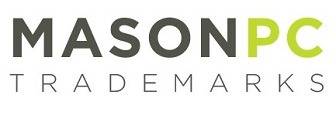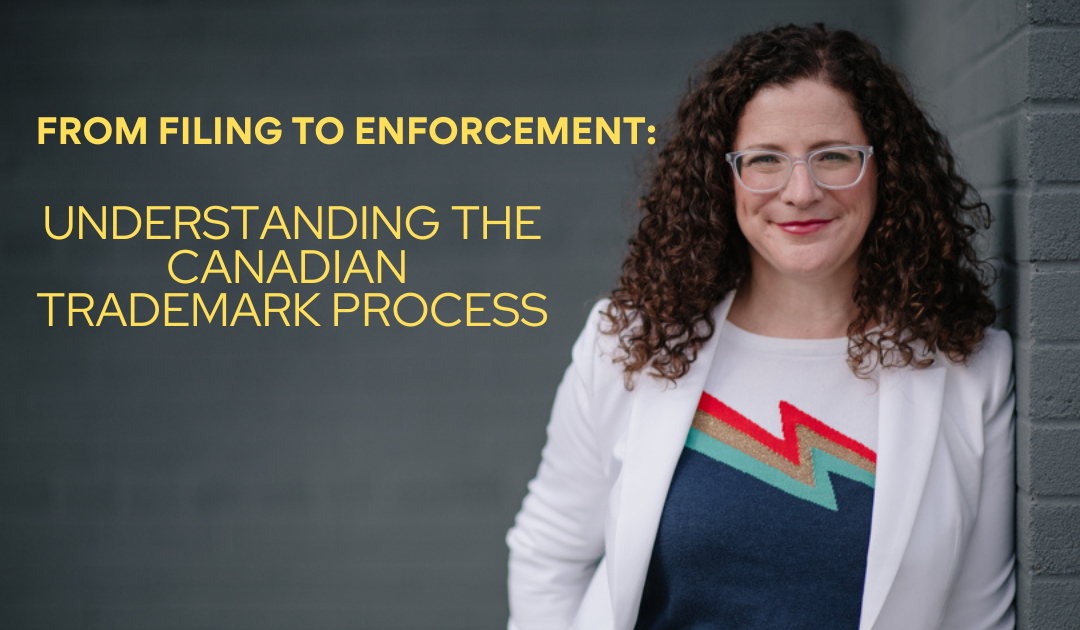Are you planning to start a business in Canada? Or have you already launched a product or service in the Canadian market? If so, it’s crucial to understand the trademark process in Canada. Trademarks are a fundamental part of protecting your brand, and the process can be complex and lengthy. From filing to enforcement, there are many critical steps involved in securing your trademark in Canada. This process requires careful attention to detail, and it’s essential to work with an experienced Canadian trademark lawyer who can guide you through every step. In this article, we’ll provide you with a comprehensive guide to understanding the Canada trademark process. Whether you’re a new entrepreneur or an established business owner, you’ll find valuable insights and tips to help you navigate the trademark process with confidence. So, let’s get started and learn everything you need to know about securing your trademark in Canada!
What is a trademark?
A trademark is any word, design or symbol that you use to distinguish your products are services from everyone else’s. The most common types of trademarks are names, logos and taglines.
Your most valuable business assets are most likely your brand names. Names are so valuable because they’re the primary way that the public and your customers use to identify your products and your services.
If you have a distinctive logo, customers may also use it to identify your products and services, and so your logo is another valuable trademark.
Additional trademarks your company may have include slogans or taglines, unique packaging or even unique product designs.
Importance of registering a trademark
I have never once heard a business owner say, “I really regret registering my name as a trademark”.
A trademark registration provides protections that you just cannot get from any other type of business registration (e.g. business name registrations, domain name registrations, and social media handles). The reason for this is because the Canadian legal system grants different rights to registered trademarks vs. unregistered trademarks. For instance, a registered trademark is enforceable throughout all of Canada, whereas an unregistered mark is only enforceable where you can prove that your trademark is known.
Additionally, only a registered trademark owner can sue for trademark infringement and depreciation of goodwill. Unregistered trademark owners are limited to claims of trademark passing off, which requires evidence of a reputation and proof of damages due to the deception.
A trademark registration is proof that you own the exclusive right to use the trademark, and that is why it is required to file a complaint for trademark infringement on platforms like as Amazon, Meta and Etsy.
Also, a trademark registration serves as notice of your legal rights for anyone who is searching the availability of a name or logo for their own use. Without a trademark registration, you will have to rely on people finding your trademark in use online to alert them to your rights.
Overview of the Canada Trademark Process
The trademark registration process in Canada can take anywhere from 2 to 4.5 years or even longer if your mark encounters objections in examination or opposition.
You begin the trademark process by filing a trademark application with the Canadian Intellectual Property Office (CIPO). Your application must contain the applicant’s name and principal business address, the trademark you want to register, and a clear and specific description of the goods and services you plan to sell in association with the trademark.
CIPO will conduct an automated pre-assessment of your description of goods and services and notify you if there are any deficiencies, which you can fix before examination. Your application will wait in queue for examination, which will be anywhere between 18 and 40 months.
In examination, a CIPO examiner will review your application to ensure your mark meets the minimum registrability criteria under the Canada Trademarks Act, and they will search the Trademarks Register for any potentially confusing trademarks. If there are objections or deficiencies in your application, the examiner will set them out in an Examiner’s Report, and you will have the opportunity to address them with amendments and/or arguments.
Once the examiner is satisfied your mark is registrable, they will approve your application and it will be advertised in the Trademarks Journal, a weekly publication of CIPO. Once advertised, your application remains open for public opposition for two months. If anyone believes they have earlier rights to your trademark, or that you should not be entitled to the registration, they have an opportunity to file a Statement of Opposition and your application enters the opposition process.
If no oppositions are filed, CIPO grants you a trademark registration, which lasts for 10-years and can be renewed every 10-years thereafter. A Canadian trademark registration gives you the exclusive right to use the trademark throughout all of Canada.
Conducting a trademark search
Before you start using a trademark or filing a trademark application, it is important that you conduct a search to determine if your trademark is potentially confusing with someone else’s. Using a mark that can be confused with someone else’s could cause you liability for trademark infringement or passing off, and it certainly could affect your ability to register that trademark.
Hiring a Canadian trademark lawyer to conduct an in-depth trademark search is one of the best investments you can make for your business. Not only can they save you the wasted cost of a trademark application, but they can also save you thousands in damages for trademark infringement or the costs of re-branding when an earlier trademark owner objects to your mark.
A proper trademark search will cover the Trademarks Register as well as online sources (for unregistered trademarks in use), because both can identify prior trademark owners who can affect your ability to register and use your trademark in Canada.
Examination of trademark application
A Canadian trademark registration is a federal government grant of the exclusive right to use a trademark throughout Canada, and so your mark must meet minimum criteria to qualify.
The criteria for trademark registration in Canada are set out in the Trademark Examination Manual, which covers topics such as how to properly identify the applicant and the trademark, and how to correctly describe and classify the associated goods and services. If you can describe all of your goods and services using CIPO’s Pre-Approved List of Goods and Services, your application will qualify for accelerated examination.
The Trademark Examination Manual also sets out how CIPO will assess the registrability of your trademark. For example, whether your mark will be perceived as nothing more than a person’s name or a common surname, or a geographic word, or if it is descriptive of a feature, trait or characteristic of your goods and services. If your trademark fails any one of these tests, the examiner will issue a refusal, which you can try to argue against. Your trademark can also be refused if it is confusing with an earlier registered or pending trademark.
Working with a qualified lawyer and trademark agent to evaluate and search your trademark and prepare and file your trademark application will save you time, money, and disappointment in the examination of your trademark.
To avoid wasting your time and money, work with a Canadian lawyer and trademark agent through our Markably® online trademarking platform.
Registering a trademark
The final step in the Canada trademark process is the issuance of a certificate of registration. This certificate grants you 10-years of the exclusive right to use your trademark throughout Canada, and it acts as legal proof of this right in any enforcement proceedings.
However, it is important to note that you must continue to use your trademark, as it is defined in your registration, or you risk losing that registration and the ability to enforce your rights against infringers. After 3-years of consecutive non-use, your registration can be expunged in its entirety, or you could have select goods and services deleted.
Your trademark registration is a business asset, and it can be licensed or transferred to someone else, and your business can use it as security in financing. A Canadian trademark registration will also contribute to the overall value of your company if you decide to sell.
Enforcing your trademark rights
A trademark registration is a valuable tool that will help to protect your business from copycats, but you do have to have constant eyes and ears in the marketplace to know when copycats arise so that you can take action.
Once you have a trademark registration for your brand name, you should set up a trademark register and online watch for any unauthorized uses of that trademark. And when you do see unauthorized uses, speak with a trademark lawyer about your enforcement options. In many instances, infringers can be convinced to change their name with just the threat of a trademark infringement lawsuit.
You cannot allow a confusingly similar mark to co-exist with yours. It will ultimately destroy the uniqueness of your brand and render your trademark rights unenforceable.
Conclusion
Trademarks are an essential part of protecting your brand. From searching the availability of a trademark for your proposed use, to registering it with the Canadian Intellectual Property Office, and to monitoring and enforcing your trademark against infringers, no part of the trademark process should be skimmed over or skipped all together.
The experienced Canadian trademark lawyers and agents at Markably® can guide you through every step of the Canadian trademark process.


